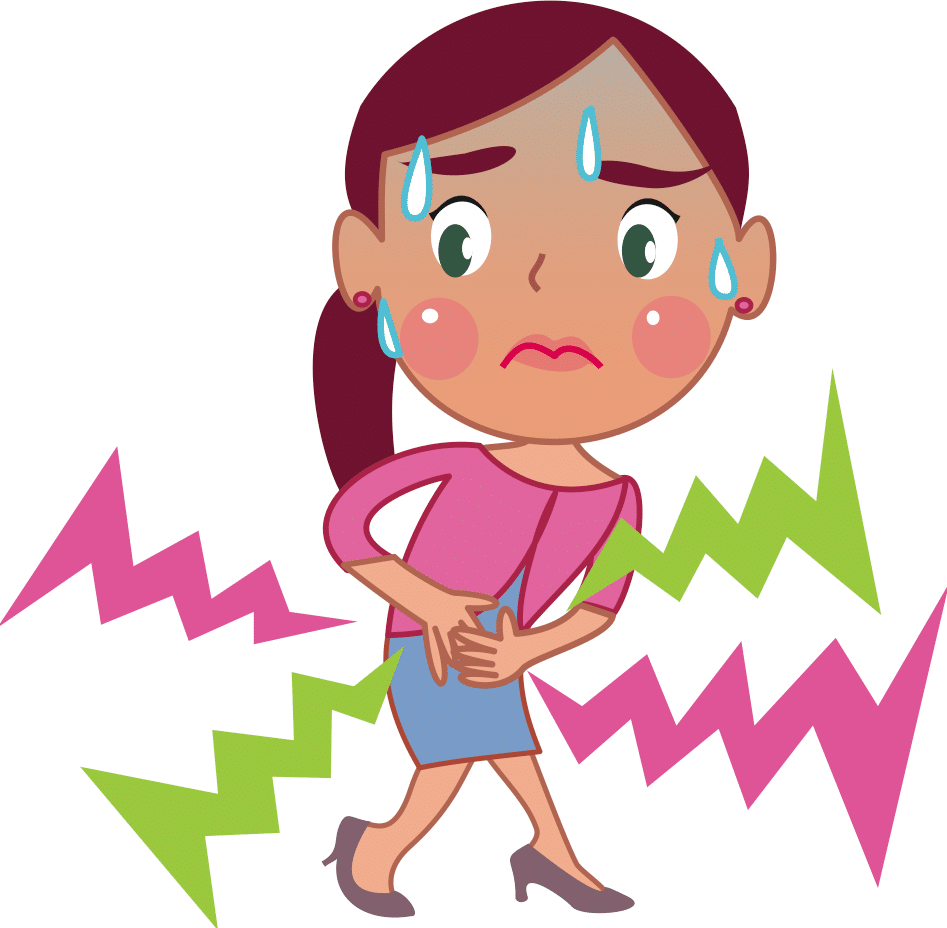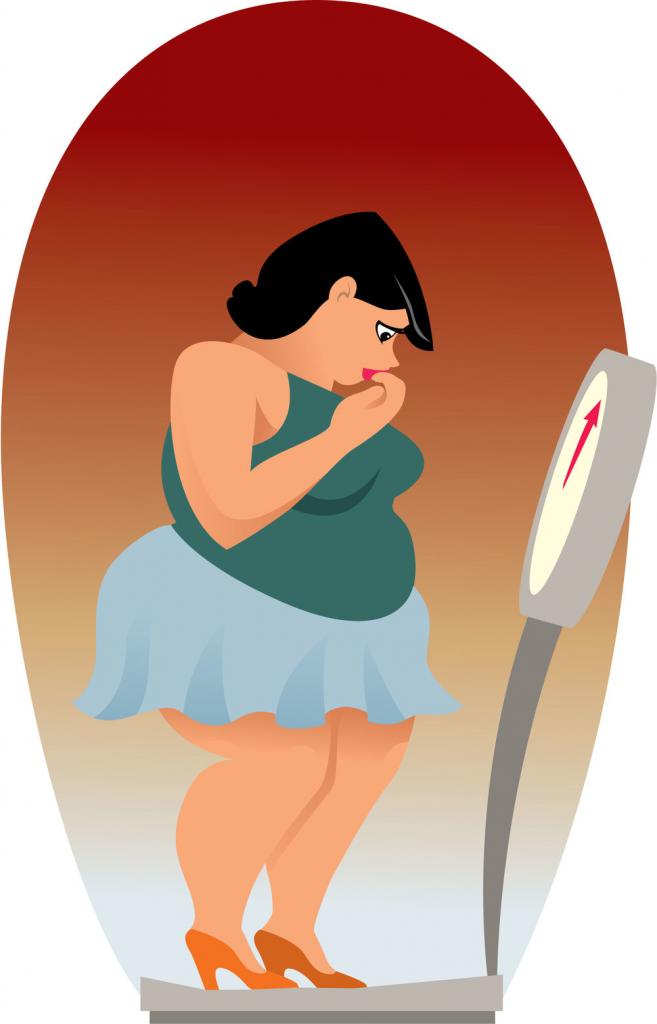
FODMAPs: When Common Foods Cause Digestive Distress
FODMAPS is an acronym for a collection of foods that cause nasty intestinal symptoms in some people. Here’s how to find out if you’re one of them – and what to do if you are.
We’re lucky to live in a time when having special dietary needs or preferences doesn’t make us social outcasts. These days, we can say we’re avoiding gluten, sugar, dairy, and many other things, and generally people won’t bat an eye. In fact, they’re likely to start telling you about their own food challenges.
Of the roughly one in five Americans who suffer from them digestive issues , a great number of these struggle with Irritable Bowel Syndrome (IBS), Crohn’s disease, hemorrhoids, and other issues for years, without getting the help that’s available today.
IBS can include a variety of symptoms, including nausea, constipation, diarrhea, gas, abdominal bloating and more. To make matters worse, those with IBS can even lead to anxiety and depression.
Not much fun, right?
But there is a treatment that’s scientifically proven to control symptoms in about three quarters of those with IBS.
Meet FODMAPs—They’re Everywhere
If you’ve never seen the word FODMAP before, it probably seems pretty strange. It’s actually an acronym for a large collection of foods that many people are sensitive to. And lots of them don’t realize it.
FODMAP stands for:
- Fermentable
- Oligosaccharides
- Disaccharides
- Monosaccharides
- And
- Polyols
That cleared things up, right? I didn’t think so.
In plain English, FODMAPs are a collection of molecules found in common foods that some people (those who are “FODMAP intolerant”) have trouble absorbing. When incompletely absorbed and digested, these can ferment in the gut, causing symptoms like abdominal pain, gas, diarrhea, constipation and more — the many miseries of IBS.
Which Foods Exactly Contain FODMAPs?
Unfortunately, FODMAPs are in a wide variety of unrelated foods, including some that are healthy for most people. The list includes:
- Vegetables, such as asparagus, broccoli, cauliflower and onions
- Fruits, such as apples, apricots, blackberries and pears
- Sweeteners, such as honey and agave
- Dairy that’s high in lactose, such as soft cheese, milk and cream
Note that this is only a partial list. (A link to one that’s much more detailed is coming up.)
What Causes FODMAP Intolerance?
A few causes have been explored, including Small Intestine Bacteria Overgrowth (SIBO) and a lack of adequate enzymes. Even stress — both physical and emotional — can play a role.
But while the causes of this intolerance may be varied and still in question, research has found that following a low FODMAP diet can dramatically help the majority of those with gut disorders.
How The Low FODMAP Diet Works
In a nutshell, the low FODMAP diet involves two phases. In phase 1, you avoid all foods that contain FODMAPs for 6-8 weeks. Here's a chart that tells you the foods you can eat and those to avoid during this phase.
In phase 2, you work to identify the types and amounts of FODMAPs your body can handle. This enables you to construct a long-term diet that’s only as restrictive as you need it to be.
A Couple Cautions
Since the low FODMAP diet is restrictive and meant to address a significant medical condition, I strongly recommend trying it only with the help of a knowledgeable practitioner.
Also, if you haven’t been experiencing fairly severe digestive issues, then you’re not FODMAP intolerant. In this case, many of the foods containing FODMAPs, especially the vegetables and fruits, are healthy for you, and it would be unwise to avoid them. So, don’t try this diet if you don’t really need to—that won’t be doing your body any favors.
But if you have chronic digestive disorders and feel like a light bulb went on as your read this post, then this diet is definitely worth trying. There are many online resources for learning more about the low FODMAP diet. Medscape is a great resource, although you do have to be a member to access their articles. Here’s a fairly in-depth article to get you started.
If you suffer from IBS, then I hope learning about FODMAPs leads you to relief — and to feeling healthy and energetic again.
Keep thinking big and living bold!
-Dr. Kellyann
Please feel free to comment below!







